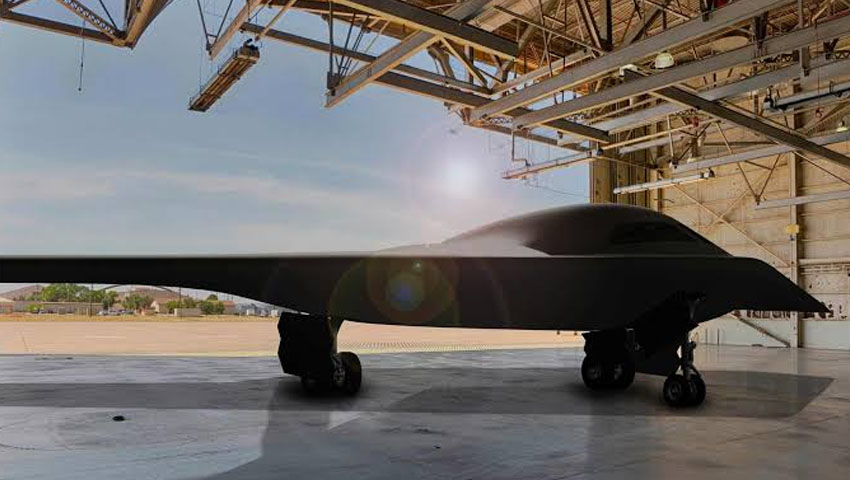The US Air Force and industry partner Northrop Grumman have lifted the veil of secrecy on the service’s next-generation long-range strike bomber, the B-21 Raider, as the program progresses well.
To continue reading the rest of this article, please log in.
Create free account to get unlimited news articles and more!
Building on the legacy of the world’s first stealth bomber, the Northrop Grumman B-2 Spirit, the next-generation B-21 Raider will serve as the backbone of America’s strategic bomber fleet for decades to come.
Acting Secretary of the US Air Force Matthew Donovan said during the Air Force Association’s Air, Space and Cyber Conference, “The first flight of the Raider will take it from Palmdale to Edwards Air Force Base, where the legacy of excellence will continue with the reactivation of the 420th Flight Test Squadron.”
According to the US Air Force, the B-21 is a “new, high-tech long-range bomber that will eventually replace the Air Force’s ageing bomber fleet” and “must be able to penetrate highly contested environments, have top-end low observability characteristics and loiter capability”.
The B-21 Raider will enable the warfighter to operate in the future high-end threat environment. B-21’s capability to launch from the continental United States and reach anywhere in the world at any time will give the United States an irreplaceable advantage to face threats in a constantly changing global environment.
First announced in February 2016, the B-21 bomber has been described as a major force multiplier for the US Air Force and its warfighters, with flow-on benefits for allies operating with the US.
Northrop’s contract for engineering and manufacturing development (including the first five aircraft) represents a US$23.5 billion ($35.1 billion) investment. The production contract could be worth US$55 billion ($82.1 billion) for 100 airplanes, Randall G. Walden, head of the Air Force Capabilities Office, said in 2016, not including additional, unidentified programs in the “family of systems” that will make the B-21 effective.
The Air Force’s original plan for the B-21 contract called for “80 to 100” aircraft, but USAF leaders over the past two years have been touting “at least 100” airplanes. However, this could grow to 150-200 airframes in light of growing great power competition.
The first aircraft is currently under construction at Northrop Grumman’s Palmdale facility and is expected to be rolled out to the public in the next 20 months, making its first flight a few months later.
The B-21 is believed to be somewhat smaller than the B-2, with a payload of approximately 30,000 pounds (13,607kg) and estimate unrefuelled range similar to that of its predecessor at 19,000km, and is just large enough to carry one GBU-57 Massive Ordnance Penetrator precision-guided conventional bomb, the largest in the Air Force inventory.
Widely considered to be one of the best managed research, development and acquisition programs in the US Department of Defense, the B-21 program and platform is described by then Air Force Secretary Deborah Lee James as, “The B-21 has been designed from the beginning based on a set of requirements that allows the use of existing and mature technology.”
Northrop Grumman is a leading global security company providing innovative systems, products and solutions in unmanned systems, cyber, C4ISR, and logistics and modernisation to government and commercial customers worldwide.
Stephen Kuper
Steve has an extensive career across government, defence industry and advocacy, having previously worked for cabinet ministers at both Federal and State levels.

 Login
Login








